Livestock Water Desalination
Home » Water Desalination System » Livestock Water Desalination
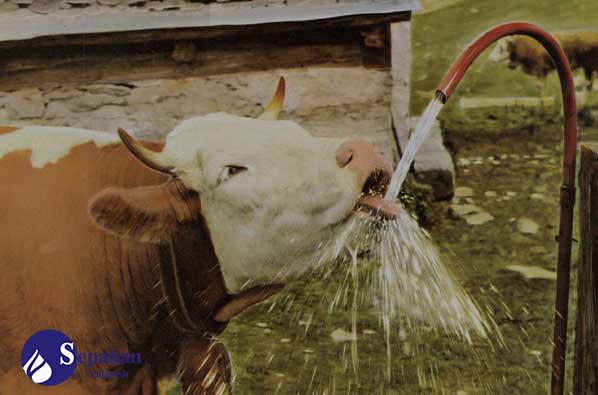
The livestock desalination system is an automatic drinking water system with a membrane filter. The technical performance of the livestock water desalination device is equal to that of the industrial water desalination device. The main difference is in the output water. This article discusses livestock water desalination features and their applications.
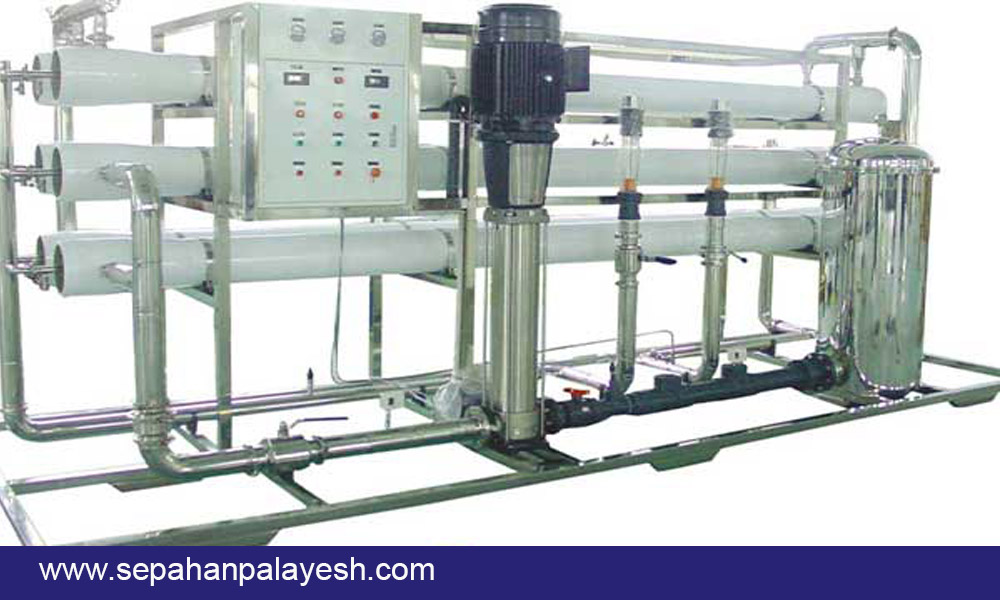
What is a water desalination device?
The water desalination device or reverse osmosis system has been extensively tested over the years and used to purify water for industrial, animal husbandry, agriculture, and human drinking water consumption.
Irrespective of size, desalination water devices generally perform similarly. They utilize pressure to push water through a membrane with tiny pores, purifying water pollution. However, bacteria, viruses, and polluting molecules like heavy metals may still pass through the membrane.
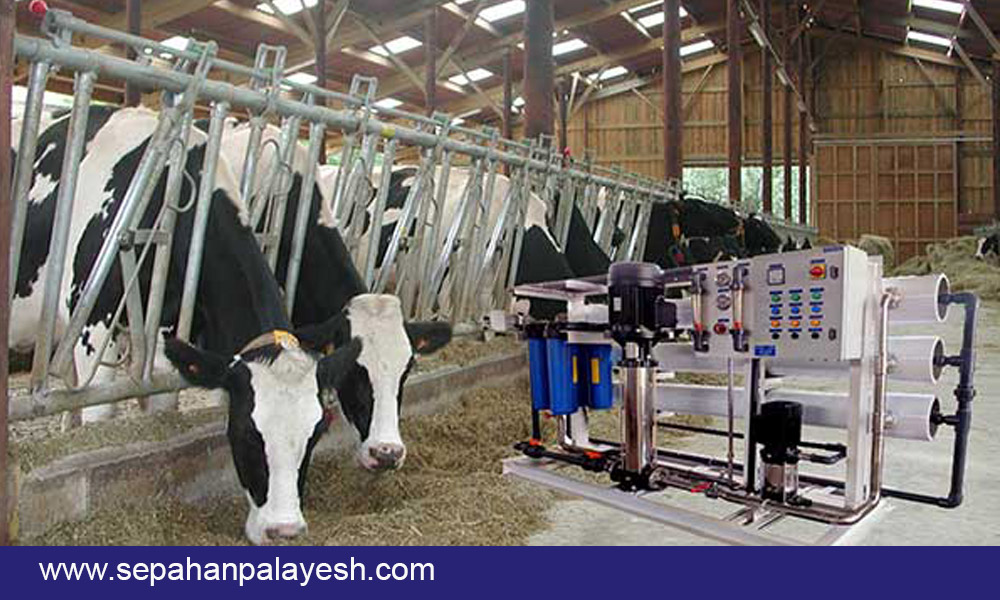
What is livestock water desalination?
A livestock desalination device is an automated drinking water system with a membrane filter. These systems supply drinking water for livestock, including chickens, turkeys, cows, sheep, ostriches, and quails. Livestock owners commonly use these systems to improve the taste of water for their animals. The structure and function of livestock desalination devices are similar to conventional water desalination systems.
The advantages of a livestock reverse osmosis device
Using soft water increases the resistance of animals’ bodies. They become stronger and healthier over time and are less likely to suffer from various diseases. The need for antibiotics decreases, and the animals experience significant increases in growth and weight. Additionally, the quality of meat and milk improves significantly.
But how?
The research indicates that structured water, which refers to water with low hardness, enhances the bone structure in chickens and other animals. This water can be just well water without any filter.
Observations have revealed that chickens who drink purified water experience a boost in bone formation, improved blood morphology, reduced mortality, and an average weight gain of 5-7%. They also show up to a 10% increase in egg quality and improved meat quality.
Other advantages of using purified water in animal husbandry include:
- Gain weight
(Due to the reduction in bacterial and improved metabolism, as well as easier penetration into cells, the elimination of metabolic products and toxins is faster.) - Reduction of 4 to 5 times the use of veterinary drugs
- Structured water can ease the breastfeeding process for animals. The firmness of a lactating animal’s udders can slow down mechanical milking. Using a livestock desalination device reduces the stiffness of the udder, making milking easier.
- Lactating animals that drink purified water are more resistant to diseases. Additionally, structured water dramatically reduces bacteria in milk. This water can also clean the areas where animals reside.
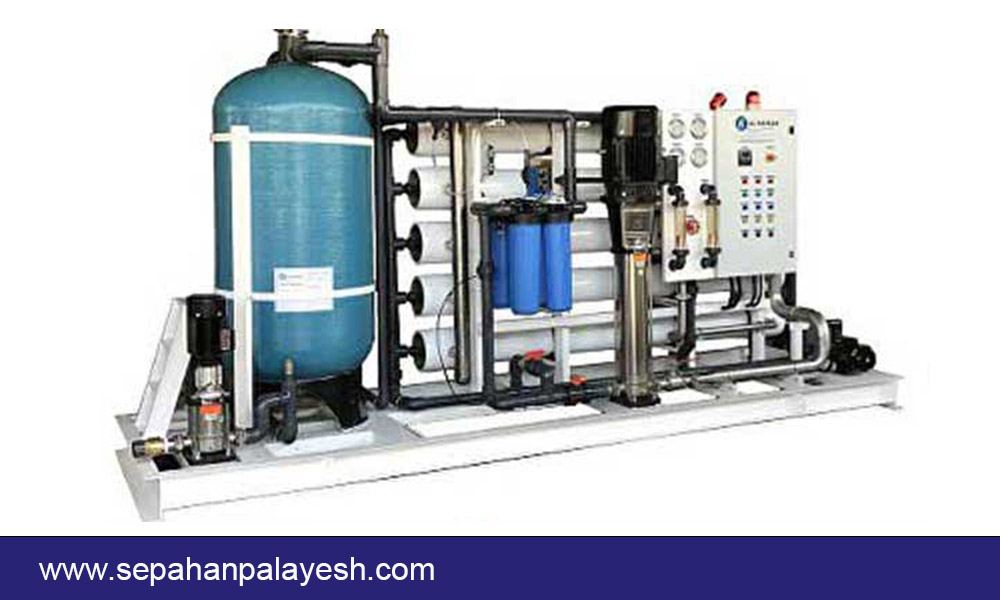
What is the difference between industrial and livestock water desalination devices?
The technical performance of the livestock water desalination device is equal to that of the industrial water desalination device. The main difference is in the output water.
To express the contrast between livestock and industrial water desalination devices, let’s start by comparing the output water of two processes.
- The industrial water desalination device produces water with a low solutes content (TDS<300), while the amount of solutes in livestock water desalination is within the range of (300<TDS<500).
- One of the main differences between livestock desalination and conventional desalination is that the livestock water desalination device is continuously on.
- Another difference is in the size and output of water flow. The smallest livestock water desalination uses a discharge output of 25 and 50 cubic meters per day.
- Usually, the water entering the livestock desalination devices has high solutes.
Features of a livestock RO device
For livestock growth, producing clean water without any impurities is essential. A high-quality livestock desalination device can eliminate substances like iron, manganese, calcium, magnesium chloride, and chlorine from the water source.
In addition, having the ability to work long hours and maintain a consistent water output are other features.
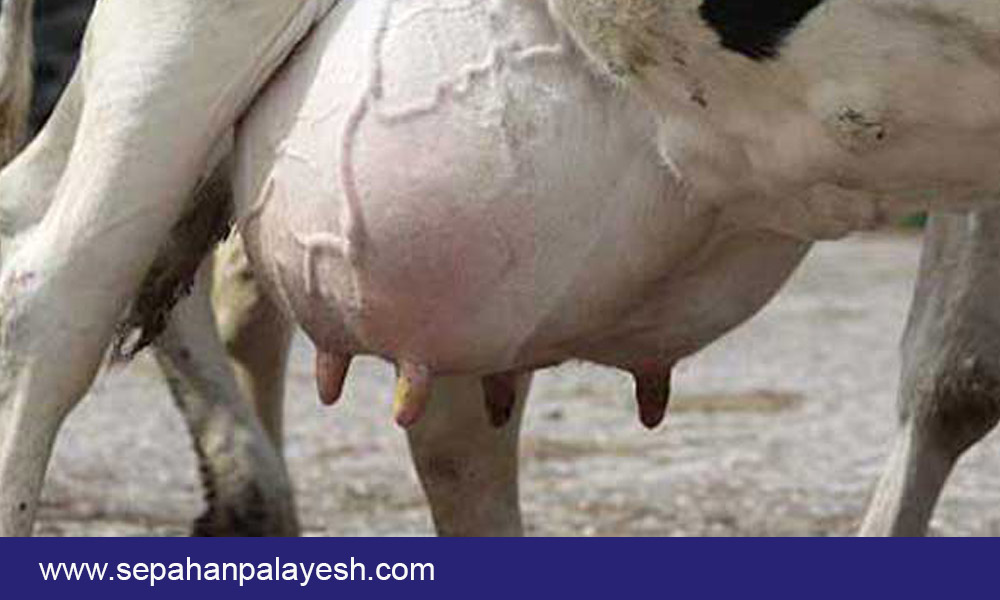
The input water of animal husbandry is well water with relatively high hardness. One of the characteristics of good livestock water desalination is the use of high-pressure and low-pressure steel pumps.
Another feature of a livestock reverse osmosis (RO) device is using pre-treatment and either a double sand filter or a large sand filter. Because the well water entering the filter contains high impurities that should not be allowed to pass through the membrane. In contrast, industrial water distillations typically have a cleaner water supply entering the system.
Applications of livestock water desalination device
Livestock breeding and meat production is one of the largest industries in the world. Producing about half a kilogram of beef requires nearly 6,000,000 liters of water and much fodder. Therefore, providing water for cattle is the main cost. The main uses of livestock water desalination are:
- The beef and dairy industries are the most profitable branches of the agricultural industry; however, they are also the most water-intensive. An adult cow consumes an average of seven to twenty-four gallons of water daily.
- Poultry: One of the applications of livestock water desalination is for poultry breeding, which includes chickens, quails, turkeys, and ostriches. Farmers monitor the water consumption of poultry to assess their health. As birds grow, they use about three times as much water. For instance, in just three weeks, the water consumption of 1,000 chickens increases by about 10 gallons per day.
- PH-adjustment: Farmers regulate PH water using a livestock water desalination device. However, carbonates and other dissolved solids in water can affect pH control.
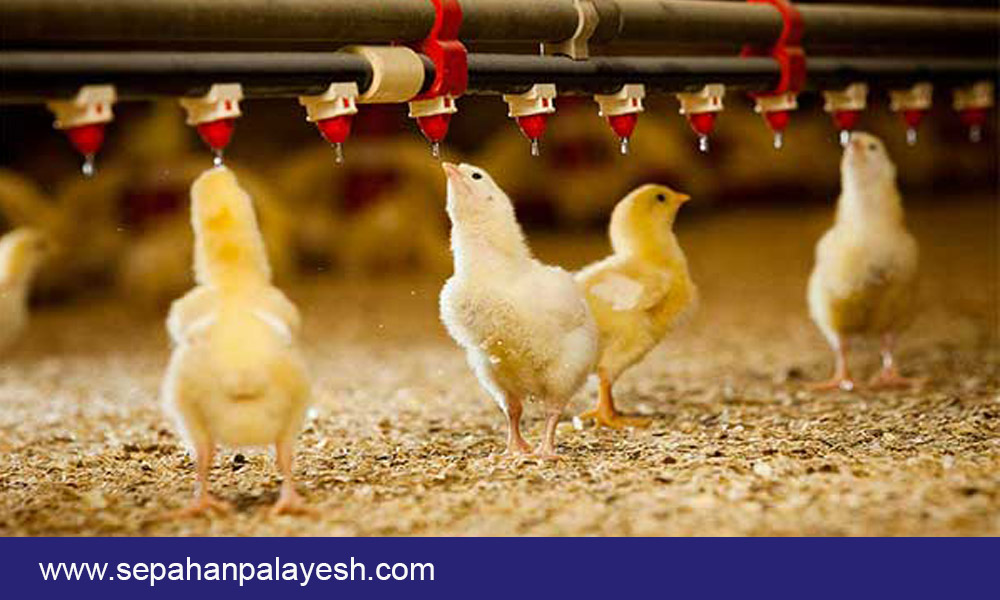
Influential parameters on the device price
The main parameter is the capacity of the desalination water device. Usually, the capacity of these devices is more than 50 cubic meters per day.
Another influencing parameter is the quality of elements used in the device.
These elements include:
- Power and brand of desalination water device pumps:The best brands are Grand Fos, Levara, Attack, Abara, Danfos, CNP, and LEO.
- Low-pressure piping made of Upvc.
Turkey’s Pimtash brand is superior to Iranian pipes regarding price and quality. - High-pressure piping: Usually, 304 grade 10 to 30 steel pipe is an appropriate choice for well water, depending on the working pressure.
- The pressure vessels used in the water desalination device are high-pressure vessels rated at 300-450 PSI, capable of withstanding pressures up to 50 bar. Some reliable brands for these pressure vessels are Codeline Hydrotech, Pyro (made in China), and Codeline (made in America).
- Factors such as steel or iron chassis, linear pressure gauge or panel, manual electrical panel or PLC, precision instruments and recycling valves, automatic or manual CIP system, etc., can significantly impact the final price of the device.
Important points in buying livestock water desalination
Activated carbon filter
Thin-film composite (TFC) membranes are commonly used. Since chlorine can degrade TFC rapidly and lead to premature system failure, it is recommended to use an activated carbon filter.
Sand filter
water pre-treatment or a sand filter removes suspended particles up to 100 microns and prevents minerals from reaching the system. Without it, membranes are damaged sooner and cause increased repair and maintenance costs. So, galvanized or fiberglass sand filters based on the water output volume are the best in this case.
Device effluent
Generally, 4 gallons of water are required to produce 2 gallons of fresh water. This method might not be suitable in areas with water usage restrictions. In newer systems, some wastewater is recycled back into the device, reducing the overall water usage.
RO effluent with TDS < 5 is nutrient-poor and highly corrosive, especially for metal piping. Water treated by reverse osmosis (RO) should not be transported through galvanized or copper pipes. UPVC pipes are the best for pipes, droppers, and mine foggers.
RO device size
The size of the RO system varies with the amount of water it produces. Most systems are rated based on the number of gallons of water the system produces per day (GPD). Home systems produce 15-50 GPD of water, and Industrial models produce 1,000 gallons or more.The minimum size of a livestock RO device is 2.5 meters long, 1 meter wide, and 2 meters high.
Water storage
These systems can produce large volumes of water, ranging from a few thousand gallons to over a few hundred thousand gallons per day. A storage facility is necessary for large water quantities, leading to increased investment costs.
